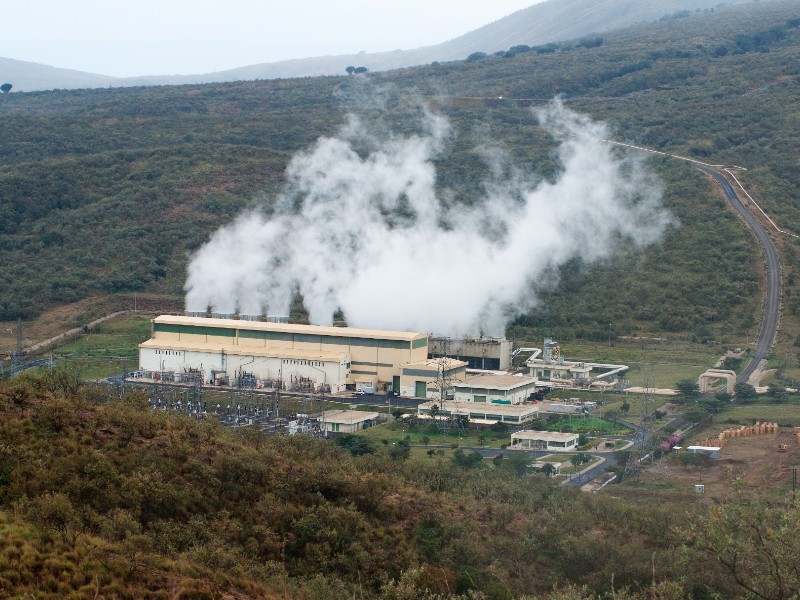 Olkaria II geothermal power plant, Kenya. Source: [belikova]©123RF.com
Olkaria II geothermal power plant, Kenya. Source: [belikova]©123RF.com
The Kenya Electricity Generating Company Plc (KenGen) has completed construction on its 83.3MW Olkaria I Additional Unit 6 geothermal power plant and plans to connect the plant to the national grid by June.
The Olkaria I Additional Unit 6 will add another 83MW to KenGen’s geothermal capacity, reaching 796MW. Geothermal accounts for 39% of the company’s installed generation. Adding this new unit will boost geothermal’s share of KenGen’s capacity to 42%.
KenGen’s Chief Executive Officer, Rebecca Miano: “The construction of Olkaria I Unit 6 is aligned to the company’s long-term strategy and Kenya’s Least Cost Power Development Plan (LCPDP).” This plan is “focused on sustainable supply of renewable energy in support of the Government’s Big Four Agenda”. Using geothermal power is both positive for the environment and for the economy and would displace other more expensive sources of energy.
The company has also sold carbon credits from the Olkaria facility. Displacing fossil fuel-based electricity has allowed it to claim carbon emission reductions (CERs).
It is Kenya’s intention to reach 100% renewable energy by 2030. Electricity demand in Kenya is growing at an average of 4.5%. Demand hit a peak of 2,036MW in November 2021.
Big business
KenGen said its installation of the turbine was the largest single unit at any of its geothermal facilities. It also marks the first installation of a Fuji turbine in Africa. Fuji Electric Global manufactured the turbine while Marubeni acted as project contract.
Installation of the steam turbine started in June 2021. Funding was through a Japan International Cooperation Agency loan, with additional financing through the European Investment Bank.
KenGen generates 1,818MW of power, of which 86% comes from green sources. Hydropower accounts for 826MW and wind for 26MW. KenGen has used its Olkaria experience to gain access to new markets, beginning geothermal work in Djibouti in 2021 and Ethiopia in 2019.
